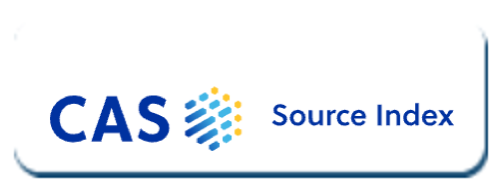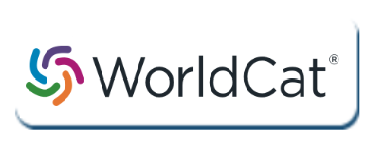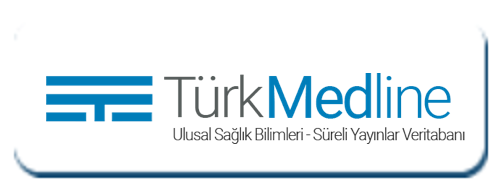The problem of preventable public health: Evaluation of demographic characteristics of patients followed up and treated for corrosive esophagitis
DOI:
https://doi.org/10.5281/zenodo.12593991Keywords:
Corrosive esophagitis, corrosive substance ingestion, esophageal burns, esophagoscopy, staging in esophageal burnsAbstract
Objective: This study aims to evaluate the demographic characteristics of patients treated for corrosive esophagitis, highlighting key risk factors and the importance of immediate endoscopic evaluation.
Materials and methods: Retrospective demographic data of 340 (age, gender, number of siblings, maternal education level, region of incidence, type of treatment) patients with corrosive esophagitis who were followed up and treated and between the ages of 0 and 18 was examined. All patients had endoscopies 24-36 hours after exposure to stage their esophagitis, and the Zargar classification was applied for this staging.
Results: Corrosive esophagitis was shown to occur equally in both sexes. Patients were mainly exposed to 27.94% bleach, 15% air conditioner cleaner, and 12.64% sink cleaner. Pre-kindergarten age group had the highest exposure rate (40.58%), while rural residents had the highest exposure rate (64.12). Mothers with primary school education level were 55.2%. In 42.64% of the patients, the number of siblings in the household was 4 or more. 71.87% of patients had Stage 2A or below, while 25.29% had esophageal dilatation.
Conclusions: This study highlights the urgent need for preventive measures and education to reduce corrosive esophagitis, especially in vulnerable populations. Stricter regulations and targeted interventions are essential for effective prevention.
References
Miller AJW, Numanoglu A, Rode H. Caustic strictures of the esophagus. Pediatric Surgery 6th edition, 2006;1082-92.
Spitz L, Lakhoo K. Caustic ingestion. Arch Dis Child 1993;68:157-8.
Christensen HBT. Epidemiology and prevention of caustic ingestion. Acta Pediatric 1994;83:212.
Riffat F, Cheng A. Pediatric caustic ingestion: 50 consecutive cases and a review of the literature. Dis Esophagus 2009;22:89-94.
Tiryaki T, Livanelioglu Z, Atayurt H. Early bougienage for relief of stricture formation following caustic esophageal burns. Ped Surg Int 2005;21:78-80.
Han Y, Cheng QS, Li XF, Wang XP. Surgical management of esophageal strictures after caustic burns: A 30 years of experience. World J Gastroenterol 2004;10:2846-9.
Zargar SA, Kochhar R, Mehta S, Mehta SK. The role of fiberoptic endoscopy in the management of corrosive ingestion and modified endoscopic classification of burns. Gastrointest Endosc. 1991;37(2):165-9.
Dorterler ME, Günendi T. Foreign Body and Caustic Substance Ingestion in Childhood. Open Access Emerg Med. 2020;12:341-52.
Miller JW, Numanoglu A, Rode H: Caustic strictures of the esophagus. In O’Neill AJ, Rowe IM, Grosfeld LJ, Fonkalsrud WE and Coran GA (eds): Pediatric Surgery, 6th ed. Mosby Company, 2006; 1082-92.22
Tekant G, Eroglu E, Erdogan E, Yesildag E, Emir H, Büyükünal C, et al. Corrosive injury-induced gastric outlet obstruction: A changing spectrum of agents and treatment. J Pediatr Surg, 2001;36:1004-7.
Aksu B, Inan M: Çocuklarda koroziv özofagus yanıkları. Trakya Üniversitesi Tıp Fak Derg. 2002;19(3-4):183-8.
Hamza AF, Abdelhay S, Sherif H, Hasan T, Soliman H, Kabesh A, et al. Caustic esophageal strictures in children: 30 years' experience. J Pediatr Surg. 2003;38(6):828-33.
Bozkurt S. Kostik zehirlenmeleri. In Acilde Klinik Toksikoloji, 1. Baskı (Editör Satar S). Adana, Nobel Kitabevi. 2009;555-61.
Koroziv Madde Oral Alımı Nedeniyle Başvuran Hastaların Demografik Olarak Değerlendirilmesi. Cukurova Med J. 2014;39(2):271-9.
Bonavina L, Chirica M, Skrobic O, Kluger Y, Andreollo NA, Contini S, et al. Foregut caustic injuries: results of the world society of emergency surgery consensus conference. World J Emerg Surg. 2015;10:44.
Downloads
Published
How to Cite
Issue
Section
License
Copyright (c) 2024 Journal of Clinical Trials and Experimental Investigations

This work is licensed under a Creative Commons Attribution 4.0 International License.
![]() The journal is licensed under a Attribution4.0 International (CC BY 4.0).
The journal is licensed under a Attribution4.0 International (CC BY 4.0).











